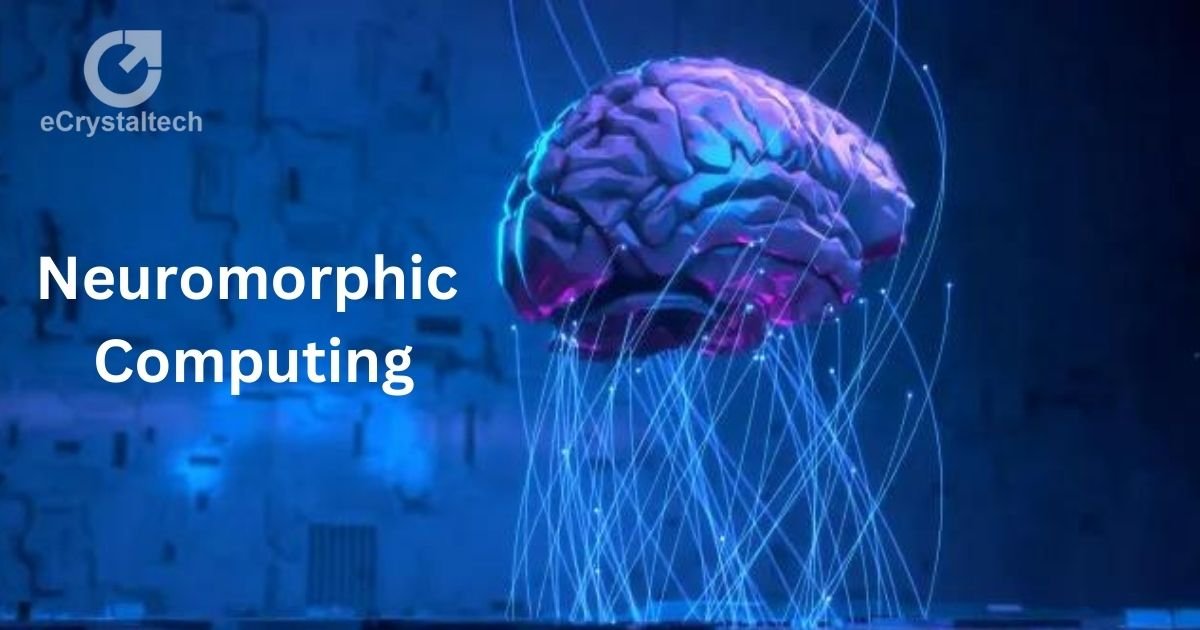Introduction:
For as powerful and revolutionary as modern computers are, they are essentially trapped in the same basic architecture conceived of in the 1940s. Nearly every processor today, from your smartphone to the biggest supercomputers, operates on those original principles of processing data sequentially and storing information in digital bits represented by transistors.
But what if we could build computers that work more like the human brain? That’s the tantalizing promise of a field called Neuromorphic Computing. By mimicking the brain’s neural networks and methods for processing information, this radically different computing paradigm could potentially vastly outperform today’s technologies on complex cognitive tasks like pattern recognition, decision making, and prioritization. So how exactly does the brain operate differently than traditional computers? And how can we replicate those dynamics in silicon? Let’s take a look.
Inspiration from Biology
Your brain is an incredible biological computer, made up of around 86 billion highly interconnected neurons. Unlike digital transistors, these neurons operate based on subtle electrochemical signals called “spikes.” A single neuron may receive thousands of these spikes from multiple other neurons, and only pass its own spike along if the incoming signals reach a critical threshold.
By continuously integrating and prioritizing these incoming spikes from a web of sources, individual neurons are able to perform massively parallel computations. The connections between neurons are also constantly strengthening or weakening based on patterns of activity, allowing the whole neural network to dynamically rewire itself as it processes information.
Brains are also remarkably energy efficient and fault tolerant, able to function well even with significant neuron death or damage. It’s wildly different from the static, precise world of binary bits in our computers today.
In the realm of technology, innovation knows no bounds, imagine smartphones that can instantly recognize any object you point the camera at, or security systems that identify potential threats before they occur. Envision autonomous vehicles that can dynamically learn and adapt to changing conditions as they drive themselves. Or artificially intelligent robot companions that can carry on flowing conversations, visually comprehend complex scenes, and make reasoned judgments—all with the energy efficiency of the human brain.
One such ground breaking advancement that is capturing the imagination of tech enthusiasts worldwide is Neuromorphic Computing. But what exactly is neuromorphic computing, and why is it poised to revolutionize the way we approach computing? Join us as we embark on a journey to demystify neuromorphic computing and explore its potential to usher in a new era of brain-inspired intelligence.
1. What is Neuromorphic Computing?
Imagine if computers could think and learn like the human brain. That’s the essence of Neuromorphic computing. Neuromorphic computing emulates the brain’s architecture and functionality through electronic circuits, mimicking neural processes. Inspired by the complex networks of neurons and synapses that enable our brains to process information, neuromorphic chips aim to replicate these biological structures in silicon.
2. How Does Neuromorphic Computing Work?
Neuromorphic chips consist of interconnected artificial neurons and synapses that communicate with each other in a manner similar to the neurons in our brains. These chips leverage the principles of parallel processing and event-driven computation to achieve remarkable efficiency and performance. Unlike traditional von Neumann architecture, where processing and memory are separate entities, neuromorphic chips integrate computation and memory, mimicking the distributed nature of neural networks.
3. Why Neuromorphic Computing Matters?
The promise of neuromorphic computing lies in its ability to perform tasks that are challenging for traditional computers, such as pattern recognition, sensory processing, and adaptive learning. By harnessing the power of brain-inspired computing, neuromorphic systems can excel in tasks that require immense computational power and energy efficiency, opening up new frontiers in artificial intelligence, robotics, and brain-machine interfaces.
4. Why Neuromorphic Computing Matters?
The promise of neuromorphic computing lies in its ability to perform tasks that are challenging for traditional computers, such as pattern recognition, sensory processing, and adaptive learning. By harnessing the power of brain-inspired computing, neuromorphic systems can excel in tasks that require immense computational power and energy efficiency, opening up new frontiers in artificial intelligence, robotics, and brain-machine interfaces.
Real-World Applications of Neuromorphic Computing
The potential applications of neuromorphic computing are vast and varied, spanning across numerous industries:
- Artificial Intelligence: Neuromorphic chips can accelerate the training and inference of deep neural networks, leading to more efficient and robust AI systems. From image and speech recognition to natural language processing and autonomous vehicles, neuromorphic computing has the potential to revolutionize the field of AI.
- Robotics: Neuromorphic systems enable robots to perceive and interact with their environment in real-time, making them more responsive and adaptable to changing conditions. From agile drones to humanoid robots, neuromorphic computing holds the key to unlocking advanced robotic capabilities.
- Brain-Machine Interfaces: By bridging the gap between the brain and external devices, neuromorphic computing facilitates seamless communication between humans and machines. This technology has the potential to revolutionize healthcare by enabling prosthetic limbs that respond to neural signals and brain-computer interfaces that restore mobility to paralyzed individuals.
- Internet of Things (IoT): Neuromorphic computing can power edge devices in the IoT ecosystem, enabling intelligent sensors and actuators that can process and analyze data locally. From smart homes and cities to industrial automation and environmental monitoring, neuromorphic chips enhance the efficiency and responsiveness of IoT systems.
The Road Ahead
Of course, like any new computing technology, there are still major hurdles to overcome. Testing, programming, and configuring neuromorphic chips is extremely difficult with today’s tools built for standard von Neumann systems.
We’re still a long way from reverse-engineering the brain’s full staggering complexity and capabilities in silicon. And for certain types of calculations, traditional digital approaches will likely maintain an advantage for the foreseeable future.







